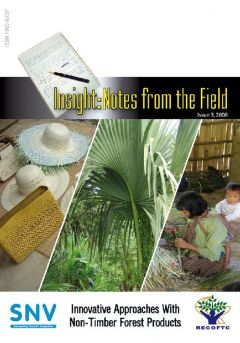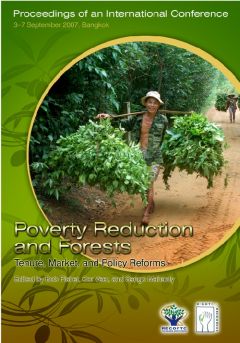Moving beyond forestry laws in Sahelian countries
Sahelian rural populations’ needs are sourced from on-farm indigenous tree species. However, access, use and management of indigenous tree species within their territories are restricted by forestry laws. This has built suspicion and discontent between foresters and natural resource users. Natural resource users argue that they own the trees on their farms; in contrast, the state claims to own protected indigenous trees on farms as stipulated in the forestry laws. These mismatches have served to increase deforestation despite stringent penalties and use of permits and licenses.





